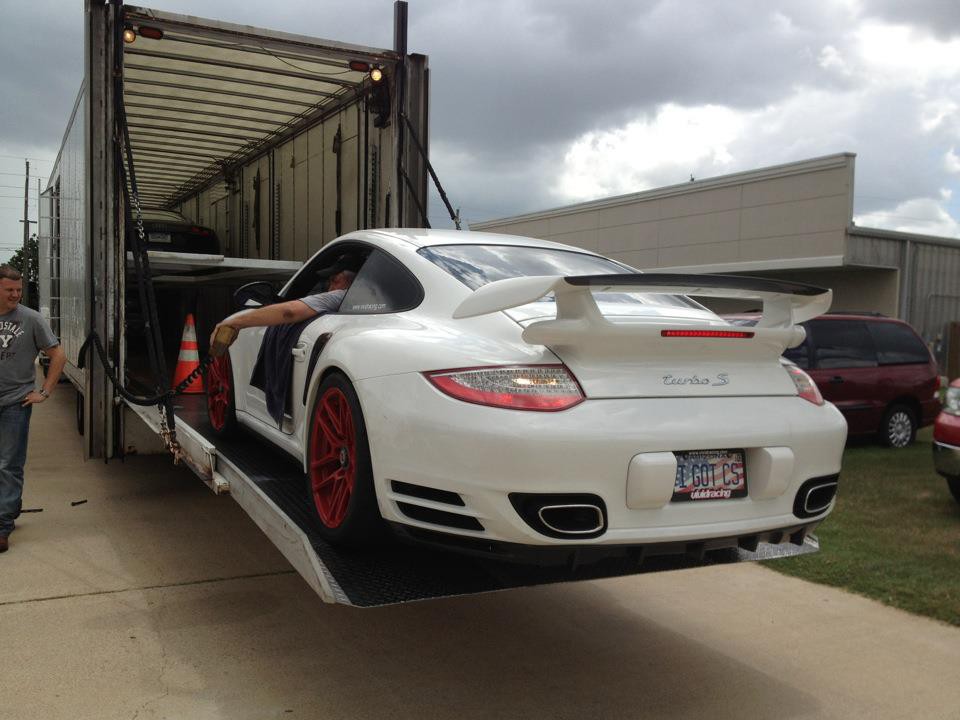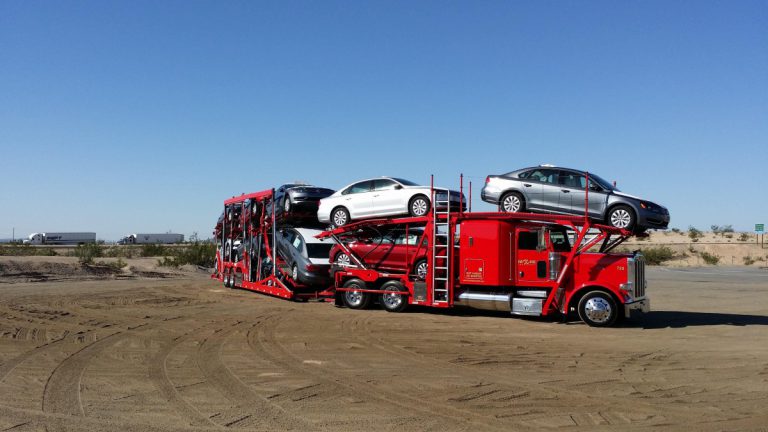At CarShipIO we interact with thousands of new and existing carriers every month, and we see some not so encouraging trends with newer car hauling companies that unfortunately make the same mistakes of not realizing few key points on time and not starting their new business on the solid foundation right from the begging, as a result as many as 50% of newly created auto transport carriers are going out of the business in the first year, 70% in first 24 months.
Here are some issues New Car Haulers face:
- NEW BUSINESS AND NO EXPERIENCE.“With Greater Power, Comes Greater Responsibility” When a driver opens a new company, they are new to the business and are trying to find out for themselves what is right. It’s too complicated for the driver to keep things together by themselves. Sometimes they have friends/partners who may help, typically it may be a wife/girlfriend or relative, but they also don’t have experience. Even new owner-operators who have years of experience being a driver for other companies, fall short in realizing all the unknowns of being a company owner and not just a driver for yourself.
- TRYING TO MANAGE EVERYTHING BY THEMSELVES.Every new company receives thousands of calls from people who are trying to sell them over the phone or email. Many get “official-looking” forms with warnings urging new carriers to pay/subscribe to something they are tricked to think they need. Car haulers get scammed and as a result, don’t know who to trust, they shut down and may miss or ignore products or services that will make night and day difference in a day today. Refusing dispatcher, while not having great dispatch or communication experience and load planning and billing process, not knowing PVM rate may result in doing a lot of extra work but not getting paid enough.
- COMMUNICATION.Communication is KEY to a successful operation, but most new car haulers do not realize it for years if they are lucky to stay active that long. Every car hauler signs up with Central Dispatch and realizes that he is wasting too much time on booking loads that he should. Communication is a big-time leak here if they don’t know the rules of the game. Besides calling, texting to book a load, the driver needs to communicate with a broker/shipper about ETA, status updates, missing or bad information, and payment. Lots of carriers ignore and do not pay proper attention to communication, which reduces the chance of them getting repeat business and some of them may even get a bad rating despite doing hard work, delivering cars on time. You may think it is not fair, but Shippers want to work with professional companies and drivers that are great at communicating, which can save shippers a lot of time, eliminate errors, and in turn allow shippers to provide better quality service to their customers.
- UNORGANIZED DISPATCH PROCESS.When companies start getting more work, they realize that each broker has its own rules, instructions, and requirements. Managing all of that in Gmail or text messages is a lost battle. They will many times lose time and money because of missed documents or not paying attention to details in instructions. What will you do if a broker calls and asks for a picture of the vehicle that was delivered a month ago, because of a damage claim, or not delivered claim, but you never documented delivery with pictures, or took a pic and sent it to your wife, and she recently upgraded her phone and all the photos are gone. Now you both look unprofessional. What if you’re missing a VIN number or completely ignored brokers’ instructions on pickup, or what needs to be collected at pickup, or how to submit billing, all of this will add up in wasted hours and extra miles, without getting paid extra for it.
WRONG PAYMENT STRATEGY.
Many new companies choose to not bother with billing, as they do not have a process and that seems overwhelming, plus they are afraid of not getting paid or paid on time. While it is true that a $1 today is worth more than a $1 tomorrow, and it’s easier to get COD payments, when a new carrier chaises just CODs that may not be smart overall. When a driver takes just COD loads they typically get paid 5-15% less and will have more dry runs or running with empty spots on the truck longer just to take another COD load. Why? Because it may be hard to find another COD load in the same area/route. Plus, sometimes CODs turn out to be not CODs, but some version of quick pay was not communicated well or changed last minute and the driver needs a way to handle that. Going with a Factoring company is an escape for many until they realize that now they have to do more paperwork and communicate yet with another company, that takes 2-10% fee and still does not pay you 100% of your owed money. In reality, many drivers do not get full use of 100% of the Cash they collect right away anyway, and just end up driving around with cash before they make a stop at the bank, as most of the bills and payment are not paid in cash anyway, so it’s more of a peace of mind, knowing that you got paid, not something that is more efficient for the business when you consider the use of funds, getting paid less, and having less loads to choose from.



